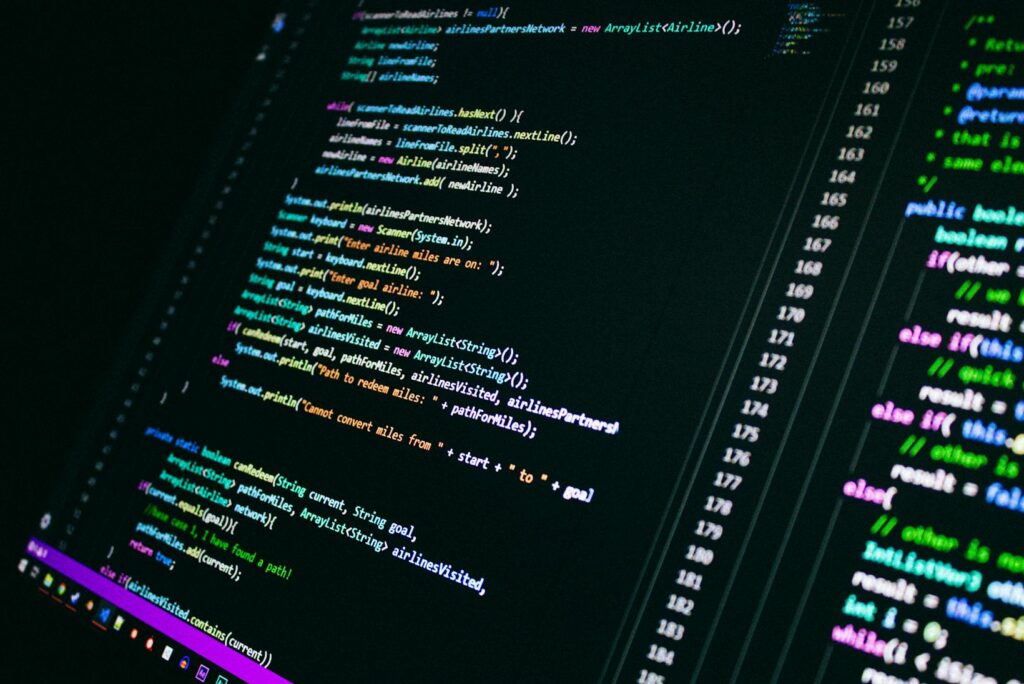In the ever-evolving tech landscape, visual programming languages have emerged as a game-changer. They’ve made coding more accessible, intuitive, and fun, breaking down the barriers of complex syntax and abstract concepts.
These languages use graphical elements to represent functions and processes, making it easier for beginners and non-programmers to understand and create code. But don’t be fooled by their simplicity. From education to software development, they’re reshaping the way we approach programming.
Visual Programming Language
Emerging as a user-friendly gateway to the world of coding, visual programming language integrates graphical features that make the process of programming more intuitive and less complicated. Delving deeper into this simplified mode of coding, it’s beneficial to understand what it entails and its intrinsic features.
Key Features of Visual Programming Languages
Visual Programming Languages are noted for four main features: abstraction, modularity, versatility, and cognizance.

- Abstraction: Visual programming languages, for instance, ‘Scratch’, simplifies coding by obfuscating complex technicalities. It imparts strong conceptual foundations, making coding less intimidating.
- Modularity: VPLs like ‘Node-RED’ subtly introduces modularity. It promotes the use of “nodes” or self-contained blocks that can be reused and re-arranged to build complex programming logics.
- Versatility: Despite their apparent simplicity, VPLs can tackle an array of programming tasks. Lego’s ‘Mindstorms’ software serves as a fine example as it allows users to build and program robots, highlighting the versatility of VPLs.
- Cognizance: Lastly, VPLs are designed to be cognizant and intuitive. They reinforce the concept of instant feedback, making it easier for users to learn and improve their code. ‘Kodu’, a Microsoft-developed VPL, is a great instance of this merit, offering an engaging platform for kids to learn coding using a simple visual interface.
Benefits of Using Visual Programming Language
Visual Programming Languages (VPLs), like ‘Blockly’ and ‘Scratch’, boast a myriad of advantages such as intuitive design and speed of development, making it a powerful tool in today’s tech-driven world. They’re not just about simplifying code but also enhancing productivity and accessibility in the programming landscape.
Intuitive Design and Accessibility

Visual Programming Languages epitomize user-friendliness due to their intuitive design. Leveraging graphical elements, they transform complex code patterns into visually appealing, easy-to-understand blocks. It saves users from the cognitive load of conventional alphanumeric coding, especially beneficial for beginners, non-programmers, or even children starting with coding. It’s no coincidence that Blockly and Scratch are commonly used in educational settings. Additionally, the inclusive nature of VPLs—that’s its remarkable accessibility, breaks down barriers to coding for people with various abilities or from non-technical backgrounds.
Popular Visual Programming Languages
After delving into the significant impact of visual programming languages like Blockly, let’s delve deeper into a couple of other popular variants, Node-RED and Scratch. These two are prime examples of user-friendly platforms that cater to distinct demographics.
Node-RED: A Use-Case in IoT

Node-RED, an open-source visual programming language, forms an integral part of IoT (Internet of Things) applications. It enables users to connect hardware devices, APIs, and online services effortlessly. Developed by the IBM Emerging Technology team, Node-RED boasts a browser-based flow editor that facilitates quick wiring of flows.
Scratch: Empowering Young Learners
Through the lens of Scratch, the potency of a visual programming language finds extensive application in the education sector. Tailored to assist children above eight years old in understanding programming concepts, Scratch was developed by MIT’s Lifelong Kindergarten Group. This language employs blocks that kids can drag and drop to create animations, games, and interactive stories.
The Programming World

Visual Programming Languages are reshaping the landscape of coding. They’re not just tools for beginners but also powerful assets for professionals. The educational sector is reaping the benefits of VPLs like Blockly and Scratch, turning complex coding concepts into engaging learning experiences. On the industrial front, Node-RED is a game-changer, simplifying IoT application development and speeding up the process of prototyping. The rise of VPLs signifies a shift towards more accessible and efficient coding practices. It’s clear that as VPLs evolve, they’ll continue to democratize coding, inspire innovation, and transform industries.



